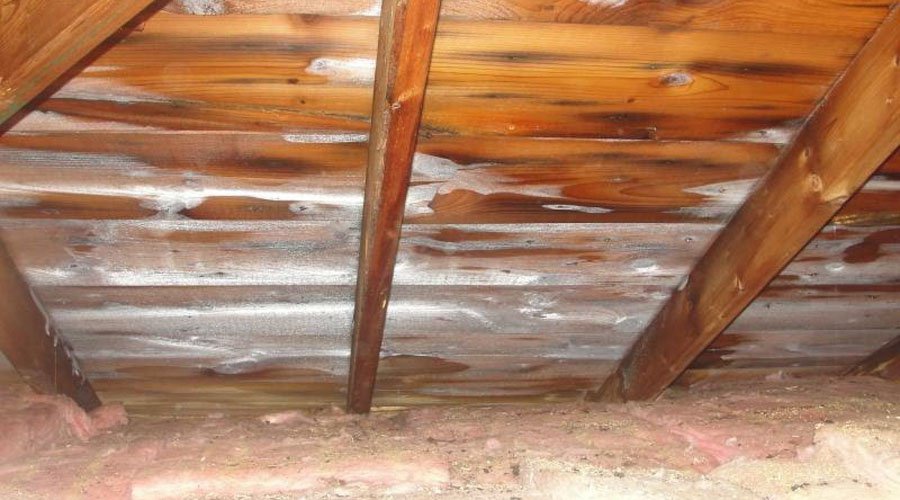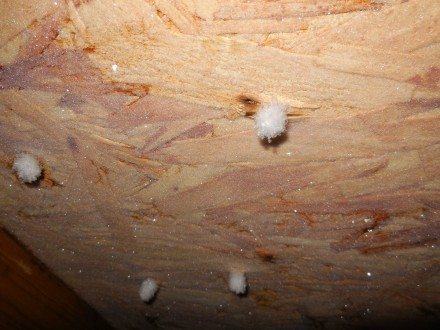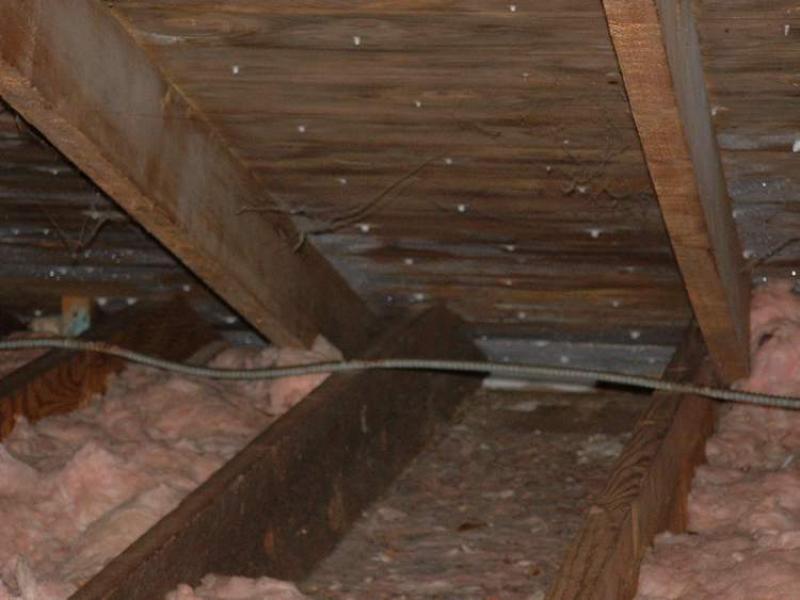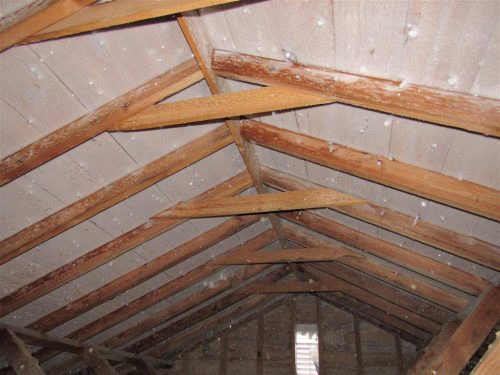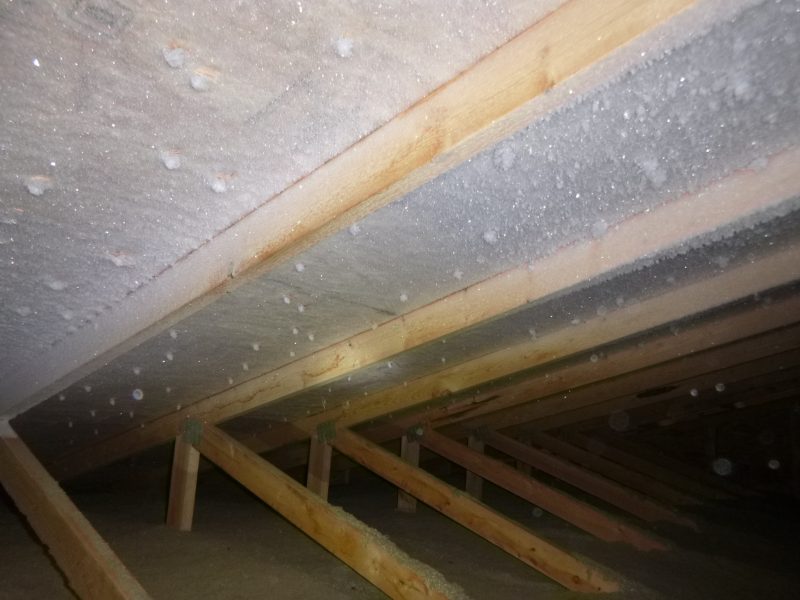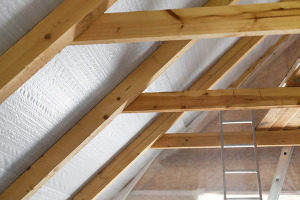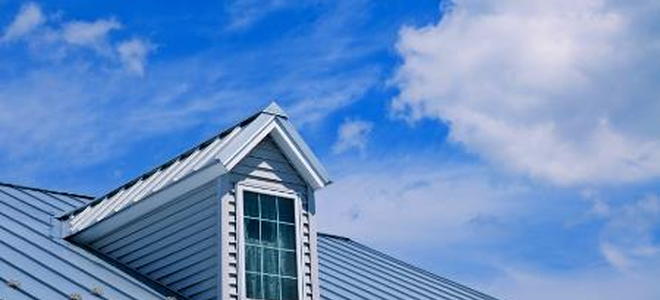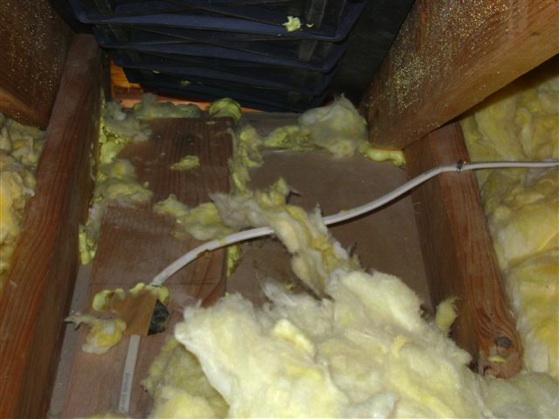Frost In Attic During Winter

More indoor humidity more frost in the attic.
Frost in attic during winter. When that warm moist air meets the chilly underside of your roof s deck condensation occurs. If you have a roof leak in the winter months and it s not being caused by ice dam there may be another culprit. With it comes moisture. The conditions that cause ice dams often cause attic condensation too.
It looks like the roof is leaking but it s really the melting of a winter s worth of frost in the attic. In the winter attic condensation often turns into frost which actually doesn t pose any threat. When attics are not well ventilated moisture collects in this area of the home. You may pay an ice dam removal company to melt the ice dam off your roof only for the leaking to continue.
When warm air from inside the house escapes traveling up through the bypasses the moisture condenses on the roof boards and rafters where the frost can form. The air in the attic has water in it and it condenses on the cold metal. I ve blogged about attic air. Ceiling water leaks are one of the classic signs of air leakage into the attic.
When the outside temperature rises again the frost thaws water collects and can leak into your house. This is why you see the frost. The more humid a house is the more frost you ll find in the attic. As the moisture migrates upwards to the colder attic areas during the winter months the relative humidity is increased to the point that condensation can occur on cold surfaces.
Attic condensation generally happens during winter spring months when warm moist air from the main living area rises into the attic space. This moisture can seep into the structure of your home affecting roofing materials as well as framing and contents of your attic. A tool like this shoots nails through shingles. Frost gets into the attic from air leaks or attic bypasses.
House pressure affects. In the winter heat in your home rises to the attic. The resulting thick layer of frost remained for several weeks until the weather warmed or a reasonable layer of snow covered the roofs to provide some insulation from the very cold exterior. During winter conditions attic frost is a problem associated with attic bypasses.
A point often overlooked is that since it s winter the water freezes on the cold nails.
